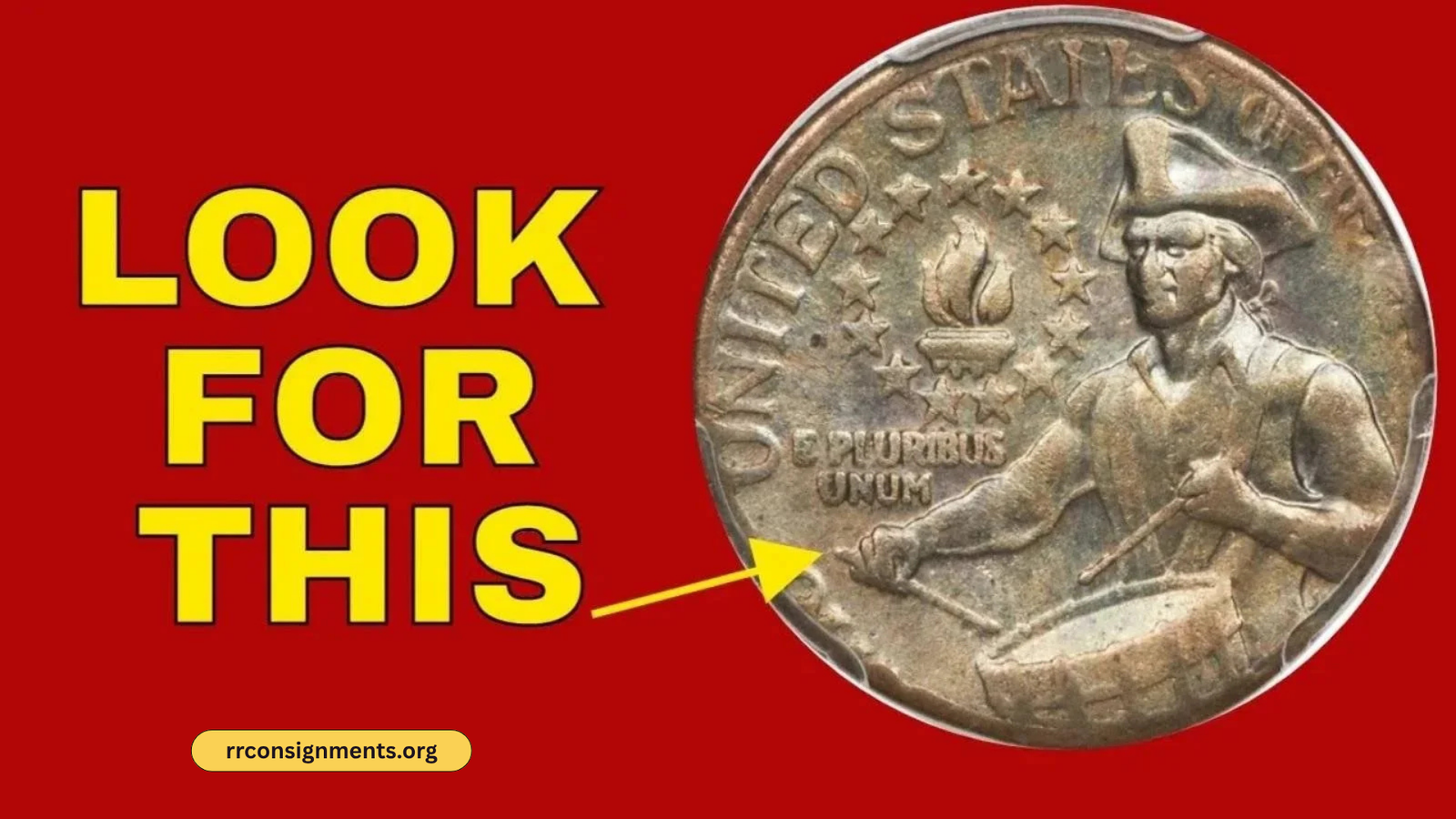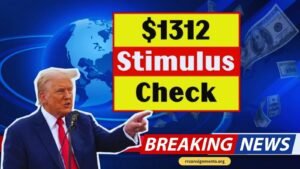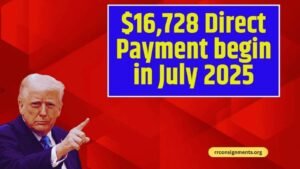Imagine finding a quarter in your change that’s worth more than a mansion—or even a small country! The Rare Bicentennial Quarter, minted in 1976, has sparked a frenzy among collectors, with rumors of one valued at a jaw-dropping $2.5 billion. Could it still be hiding in circulation? Let’s dive into this numismatic mystery and uncover the truth behind this legendary coin.
What Is the Rare Bicentennial Quarter?
The Bicentennial Quarter is no ordinary 25-cent piece. Minted to celebrate America’s 200th birthday, it features a unique colonial drummer on the reverse, replacing the classic eagle, and a dual date of 1776-1976. While millions were produced, a select few with rare traits have collectors buzzing. Could you be holding one?
A Coin Unlike Any Other
Unlike standard quarters, this commemorative coin stands out with its patriotic design. But what makes certain ones so valuable? Minting errors, silver content, and pristine condition turn these quarters into treasures. The hype around a $2.5 billion valuation sounds wild, but let’s explore why it’s making headlines.
The Surprising History of the Bicentennial Quarter
In 1975 and 1976, the U.S. Mint produced over 1.6 billion Bicentennial Quarters across Philadelphia, Denver, and San Francisco to mark America’s independence. Most were clad (copper-nickel), but a small batch of 40% silver quarters was struck for collectors. Some of these slipped into circulation, sparking a modern-day treasure hunt.
A Design Born from Celebration
The colonial drummer design, created by Jack L. Ahr, won a nationwide competition. It symbolizes the revolutionary spirit with a torch and 13 stars for the original colonies. The dual 1776-1976 date makes it instantly recognizable. But rare errors, like double dies or off-center strikes, make some coins priceless.
Why Is the Bicentennial Quarter So Valuable Today?
The $2.5 billion valuation is likely exaggerated, but certain Bicentennial Quarters fetch thousands at auction. A 1976-S Silver Proof Quarter sold for $19,200 in 2019, thanks to its 40% silver content and flawless condition. Minting errors like double-die obverses or coins struck on the wrong metal can drive values even higher.
The Role of Rarity and Condition
Condition is king in numismatics. Coins in mint state (MS) or proof condition command premiums. Silver quarters, especially from San Francisco (marked with an “S”), are rarer due to limited production. Collector demand and historical significance further boost their worth, making them hot commodities as the U.S. nears its 250th anniversary in 2026.
| Feature | Clad Bicentennial Quarter | Silver Bicentennial Quarter |
|---|---|---|
| Composition | Copper-Nickel (91.67% Cu, 8.33% Ni) | 40% Silver, 60% Copper |
| Mintage | Over 1.6 Billion | ~15 Million (Proof & Uncirculated) |
| Value (Circulated) | Face Value (~$0.25) | $1–$5 |
| Value (Uncirculated) | $1–$10 | $15–$19,200 (High-Grade Proof) |
| Mint Marks | P, D | S |
How to Spot a Valuable Bicentennial Quarter
Think you’ve got a rare coin? Here’s how to check. Look for the 1776-1976 date and colonial drummer reverse. Inspect for mint marks (“S” for silver), errors like doubled letters, or a shinier silver appearance. Handle coins carefully—use gloves and store them in protective cases to preserve value.
Where to Find These Hidden Gems
Bicentennial Quarters might still lurk in pocket change, old coin jars, or inherited collections. Check coin shops, online auctions like eBay, or coin shows. Professional grading by PCGS or NGC can confirm authenticity and boost value, turning a simple quarter into a windfall.
Jaw-Dropping Facts About Bicentennial Quarters
- Massive Mintage: Over 860 million struck in Denver, 809 million in Philadelphia, and 15 million silver coins in San Francisco.
- Record Sale: A 1976-S Silver Proof Quarter fetched $19,200 at auction, one of the highest for its kind.
- Error Coins: A double denomination quarter struck on a dime sold for $9,200 in 2020.
- Silver Rarity: Only 40% silver coins were made for collector sets, but some entered circulation by mistake.
- Collector Craze: As 2026 approaches, demand for Bicentennial memorabilia is skyrocketing.
Expert Tips for Coin Collectors
Ready to hunt for your own Bicentennial treasure? Here are insider secrets from numismatists:
- Learn the Errors: Study double dies, off-center strikes, and wrong planchet errors to spot valuable coins.
- Check Condition: Uncirculated or proof coins are worth more. Avoid cleaning coins—it reduces value.
- Join Communities: Engage with numismatic societies or online forums to share tips and find buyers.
- Get It Graded: Professional appraisal by PCGS or NGC ensures authenticity and maximizes profit.
- Stay Patient: Finding a rare quarter takes time, but the thrill of discovery is worth it.
| Error Type | Description | Potential Value |
|---|---|---|
| Double Die | Design stamped twice, causing doubling | $100–$9,200 |
| Off-Center Strike | Misaligned design, off-center on coin | $50–$1,000 |
| Wrong Planchet | Struck on incorrect metal (e.g., dime) | $1,000–$9,200 |
| Missing Letters | Incomplete date or lettering | $50–$500 |
Frequently Asked Questions
Are All Bicentennial Quarters Worth Millions?
No, most are worth only 25 cents. Only silver proof coins or those with rare errors fetch high prices.
How Do I Know If My Quarter Is Silver?
Check for an “S” mint mark and a shinier, heavier feel. Silver quarters weigh 5.75 grams vs. 5.67 grams for clad.
Where Can I Sell a Valuable Quarter?
Try online auctions (eBay, Heritage Auctions), coin dealers, or coin shows. Always get it graded first.
Are These Quarters Still in Circulation?
Yes, but rare versions are scarce. Check pocket change or old collections for hidden treasures.
Conclusion: Is a $2.5 Billion Quarter in Your Pocket?
The Bicentennial Quarter is more than a piece of change—it’s a slice of American history with a thrilling twist. While a $2.5 billion valuation is likely hype, rare error coins and silver proofs can fetch thousands. Start checking your pocket change today, and you might uncover a numismatic gem! Share your finds in the comments, or explore more coin collecting tips to fuel your treasure hunt.




